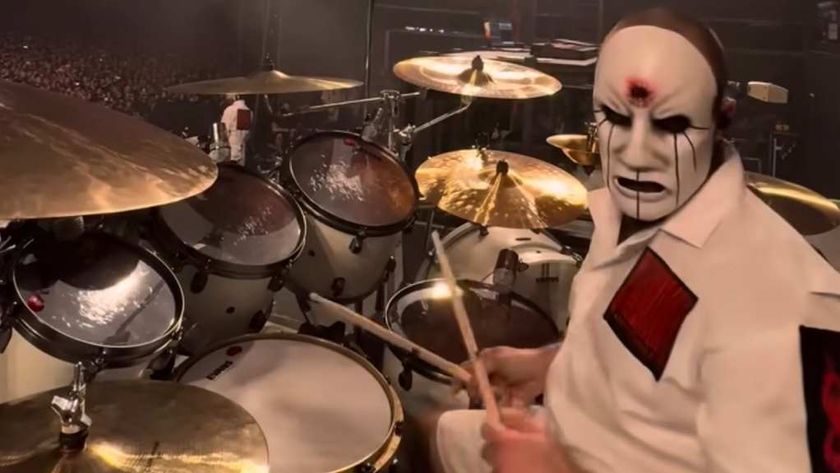How to separate kick drums from bass with EQ
Clean up your mix by untangling those low-end elements
It's rare that good things come from layering kick drums on top of bass sounds without the careful use of EQ. And if the bass end of your mix contains more than one kick drum and/or more than one bass sound, this issue will need even more careful attention.
The key is to define a 'frequency role' for each part within the bottom-end of the mix, deciding which frequencies are essential to each sound, and which can be reduced to make space for those in another sound.
In this walkthrough (and the video above), our mix features a single kick drum with a broad frequency range, while the bassline is made up of two parts. One of these is a rich sub-bass, while a more spiky tone doubles the part to thicken it up. As the fundamental frequencies of all three sounds are in roughly the same area, the initial mix sounds bogged down and flabby. Time for EQ, then!
Read the Essential Guide To Kick Drums in Future Music 286, on sale now.
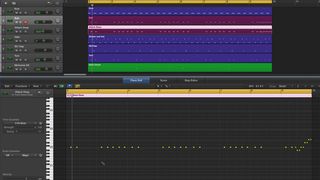
Step 1: Our starting mix comprises snare, hi-hats, a synth chord and a tom part, but it's the kick and the twin basslines that we're focusing on. These are roughly balanced in terms of volume, but the bottom-end sounds quite flabby and bloated right now.
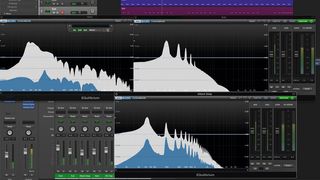
Step 2: Placing an EQ on each sound allows us to do some frequency analysis, looking at the active frequency ranges for each sound. All have a spike at 65Hz, but whereas the sub's frequencies are very contained, the attack bass and kick have a wider frequency footprint.
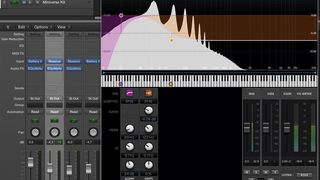
Step 3: The sub will be the foundation of the track. So, we roll off everything above 122Hz using a high-shelf and filter out everything below 20Hz, as none of that will be heard anyway, thus freeing up space in the mix. These changes focus the sub on a narrow frequency range.
Get the MusicRadar Newsletter
Want all the hottest music and gear news, reviews, deals, features and more, direct to your inbox? Sign up here.
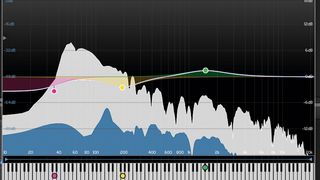
Step 4: We scoop the sub-bass out of the kick, now that it's not the deepest layer of the bottom-end, using a low-shelf at 36Hz. Equally, to make room for the attack bass to come, we scoop out 192Hz by 2.5dB and add 'snap' at 1.5kHz with a 1.5dB boost.
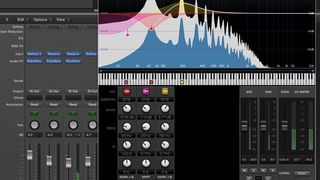
Step 5: With the attack bass, we make room for the kick and sub, and give this sound its own drive. We scoop out 5dB at 65Hz and use a low-shelf to roll off everything below that point. Lastly, we add more bite by boosting by 3.7dB at 192Hz.

Step 6: The difference between the end balance of these bass elements, compared to the start mix, is effective. The bass end sounds much tighter and more under control, while much of the 'bloat' has been reined in.
Future Music is the number one magazine for today's producers. Packed with technique and technology we'll help you make great new music. All-access artist interviews, in-depth gear reviews, essential production tutorials and much more. Every marvellous monthly edition features reliable reviews of the latest and greatest hardware and software technology and techniques, unparalleled advice, in-depth interviews, sensational free samples and so much more to improve the experience and outcome of your music-making.

"If I wasn't recording albums every month, multiple albums, and I wasn't playing on everyone's songs, I wouldn't need any of this”: Travis Barker reveals his production tricks and gear in a new studio tour

“My management and agent have always tried to cover my back on the road”: Neil Young just axed premium gig tickets following advice from The Cure’s Robert Smith

